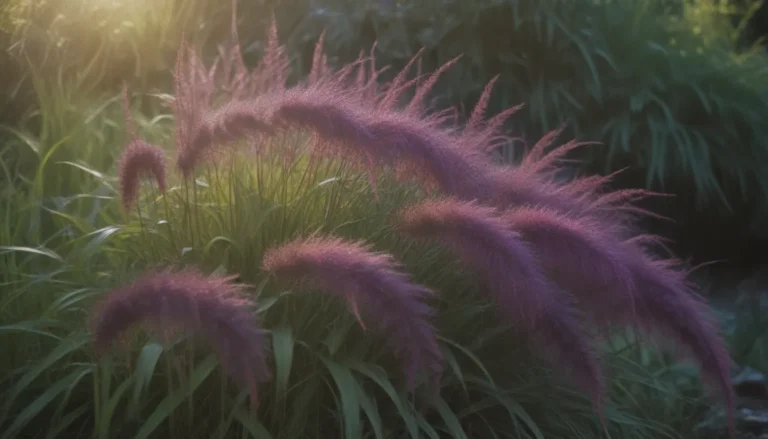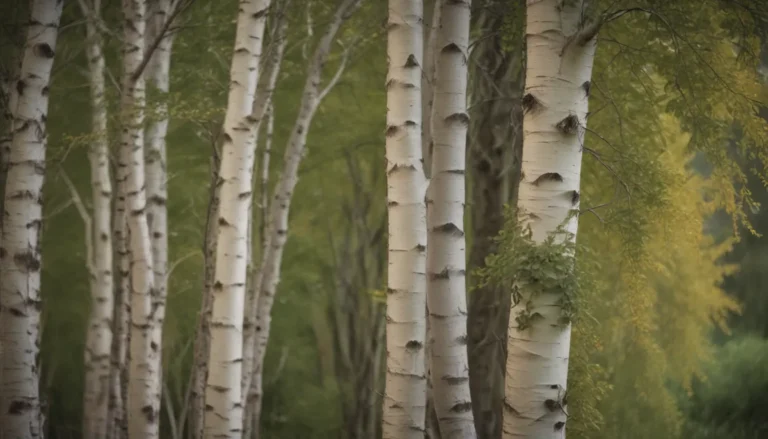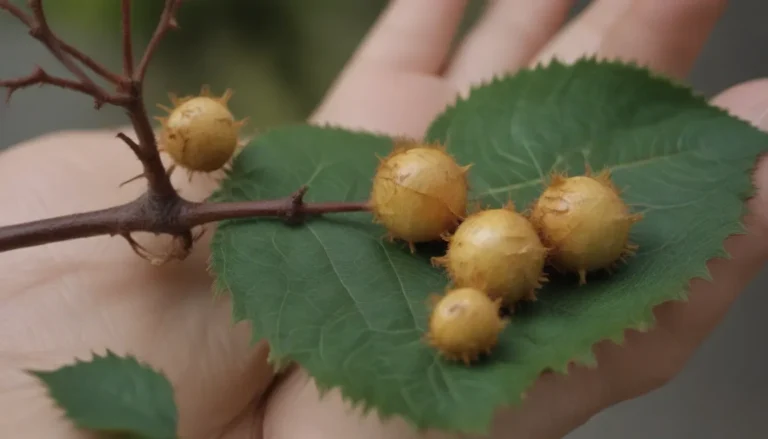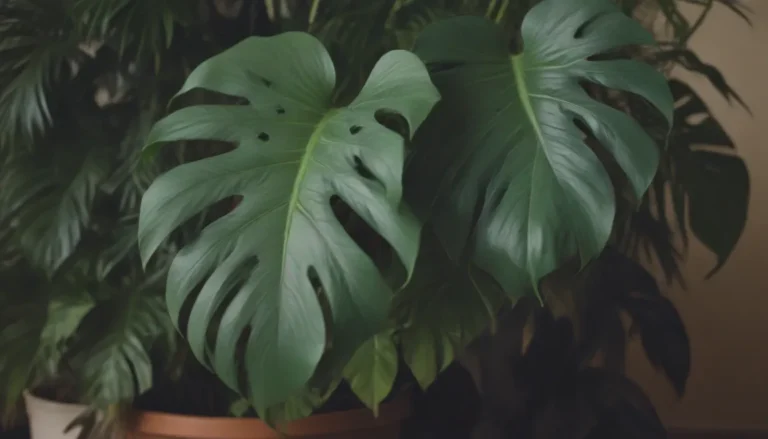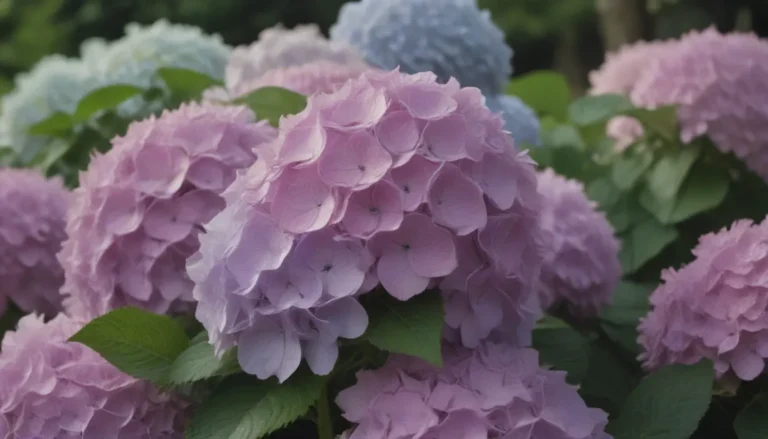Exploring the World of Gum Trees: A Comprehensive Guide to 12 Popular Species
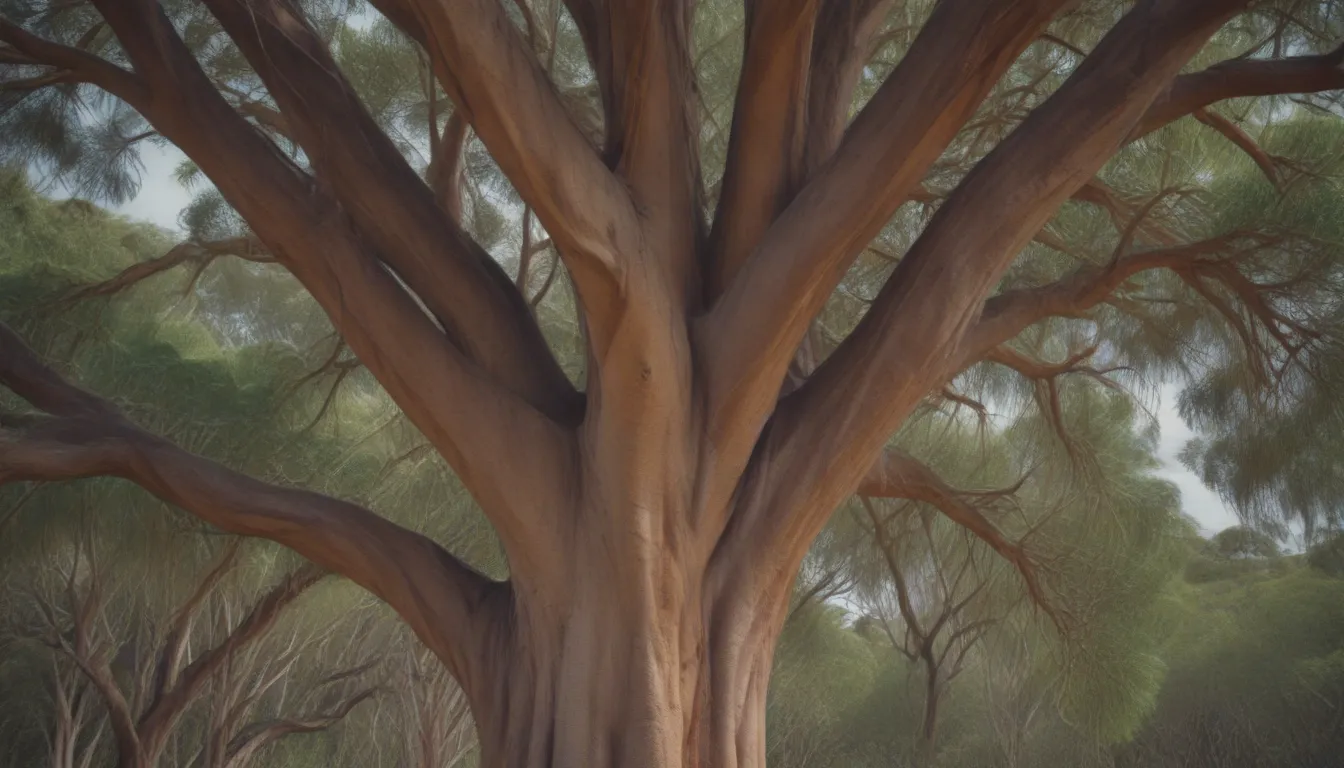
Are you fascinated by the aromatic scent and distinctive appearance of gum trees, also known as eucalyptus trees? These unique species belong to the Myrtle (Myrtaceae) family, with three main genera: Eucalyptus, Angophora, and Corymbia. Gum trees earned their name due to the gummy sap they produce when the trunk is damaged. While sweetgums (Liquidambar spp.) may sound similar, they are not true gum trees and are unrelated to black gums (Nyssa sylvatica).
Let’s delve into the world of gum trees, their characteristics, and the 12 most popular species that you may encounter:
Gum Trees: Versatile and Distinctive
Gum trees are predominantly native to Australia, where they serve as a primary food source for iconic koalas. These trees have also been cultivated in tropical regions worldwide and can even thrive in cooler climates like Norway. While some regions view gum trees as invasive species, they offer a myriad of uses and applications, including:
- Oil extracted from gum tree leaves is utilized in medications.
- Bees collect nectar from gum trees to produce delicious honey.
- Gum tree wood is valued for various construction purposes.
- In landscaping, gum trees are favored for shade and ornamental value.
In times of adversity, certain gum tree species display resilience by forming a lignotuber, an underground root tuber capable of sprouting new trunk stems, a trait that defines them as mallees.
Warning: Despite their appealing aroma, eucalyptus leaves and bark are toxic to both humans and pets.
Discovering 12 Popular Gum Tree Species
Blue Gum (Eucalyptus globulus)
- Name: Blue Gum
- Native Area: Australia
- USDA Growing Zones:
- Height:
- Sun Exposure:
The Blue Gum, also known as Common Eucalyptus, is a widely planted species with blue-green leaves and a distinctive menthol scent. However, its flammable litter makes it a wildfire hazard, particularly in regions like California where it is considered invasive.
Dwarf Apple (Angophora hispida)
- Name: Dwarf Apple
- Native Area: Australia
- USDA Growing Zones:
- Height:
- Sun Exposure:
With red bristles on its stems and twisted trunk, the Dwarf Apple resembles a juvenile apple tree. It blooms white flowers in late fall and early winter, devoid of the typical menthol scent found in gum trees.
Lemon-Scented Gum (Corymbia citriodora)
- Name: Lemon-Scented Gum
- Native Area: Australia
- USDA Growing Zones:
- Height:
- Sun Exposure:
Known for its aromatic leaves with a lemon fragrance, the Lemon-Scented Gum boasts a stately appearance with white to pinkish-copper bark. It is a popular choice for public gardens and expansive landscapes.
Manna Gum (Eucalyptus viminalis)
- Name: Manna Gum
- Native Area: Australia
- USDA Growing Zones:
- Height:
- Sun Exposure:
Recognizable by its powdery bark and sweet-tasting substance that falls from new leaves, the Manna Gum thrives in cooler climates and holds cultural significance for indigenous communities.
Rainbow Gum (Eucalyptus deglupta)
- Name: Rainbow Gum
- Native Area: Australia
- USDA Growing Zones:
- Height:
- Sun Exposure:
Boasting vibrant orange-tinted bark that sheds to reveal a spectrum of colors, the Rainbow Gum is cultivated for its pulpwood and serves as an eye-catching ornamental tree in frost-free regions.
Red Cap Gum (Eucalyptus erythrocorys)
- Name: Red Cap Gum
- Native Area: Australia
- USDA Growing Zones:
- Height:
- Sun Exposure:
As a relatively small species with striking bell-shaped fruit adorned with scarlet caps, the Red Cap Gum attracts birds but requires care due to its brittle limbs.
Red Flowering Gum (Corymbia ficifolia)
- Name: Red Flowering Gum
- Native Area: Australia
- USDA Growing Zones:
- Height:
- Sun Exposure:
Featuring vibrant red, pink, or orange blooms in winter and spring, the Red Flowering Gum is a favorite for landscapes due to its unique stamen structure and bloodwood sap color.
Salmon Gum (Eucalyptus salmonophloia)
- Name: Salmon Gum
- Native Area: Australia
- USDA Growing Zones:
- Height:
- Sun Exposure:
Thriving in saline soils, the Salmon Gum sports salmon-colored bark in summer, making it a practical choice for different uses, from firewood to furniture-making.
Silver Dollar Gum (Eucalyptus cinerea)
- Name: Silver Dollar Gum
- Native Area: Australia
- USDA Growing Zones:
- Height:
- Sun Exposure:
With its fast growth rate and decorative appeal, the Silver Dollar Gum is a popular choice for floral arrangements and serves as an attractive ornamental in cooler climates.
Scribbly Gum (Eucalyptus haemastoma)
- Name: Scribbly Gum
- Native Area: Australia
- USDA Growing Zones:
- Height:
- Sun Exposure:
Named for the intricate tunnels created by moth larvae in its bark, the Scribbly Gum is a visually captivating species ideal for showcasing in gardens.
Snow Gum (Eucalyptus pauciflora)
- Name: Snow Gum
- Native Area: Australia
- USDA Growing Zones:
- Height:
- Sun Exposure:
Thriving in cold regions, the Snow Gum boasts white flowers and ribbon-like bark that sheds to reveal a contrasting hue, making it a striking addition to landscapes.
Spotted Gum (Corymbia maculata)
- Name: Spotted Gum
- Native Area: Australia
- USDA Growing Zones:
- Height:
- Sun Exposure:
Endemic to Australia, the Spotted Gum features a unique mottled bark pattern and serves as a favorite food source for rainbow lorikeet birds, adding vibrancy to parks and streetscapes.
Myth Busting: Gum Trees and Chewing Gum
Contrary to popular belief, gum trees like eucalyptus are not used to make chewing gum. The chewing gum we know today is typically derived from a combination of tree resins, sweeteners, and synthetic ingredients.While some types of eucalyptus trees can be found in Hawaii and California, the vast majority of gum tree species are native to Australia.
One distinguishing trait of gum trees is their shaggy or smooth bark, along with the menthol scent often associated with crushed gum tree leaves. Whether you encounter a Lemon-Scented Gum with its aromatic foliage or a Red Cap Gum blooming with scarlet caps, each species offers a unique charm and value to its environment.
In the world of gum trees, diversity reigns supreme, offering a rich tapestry of species to explore and appreciate. So next time you come across a majestic gum tree, take a moment to admire its beauty and the remarkable biodiversity it represents.
Sources:
– Eucalyptus cinerea. North Carolina State Extension.
– What is chewing gum made of? BBC Science Focus Magazine.
– Bluegum Eucalyptus. USDA.
Remember to appreciate and respect these magnificent trees for their ecological significance and cultural heritage. Happy exploring the world of gum trees!
